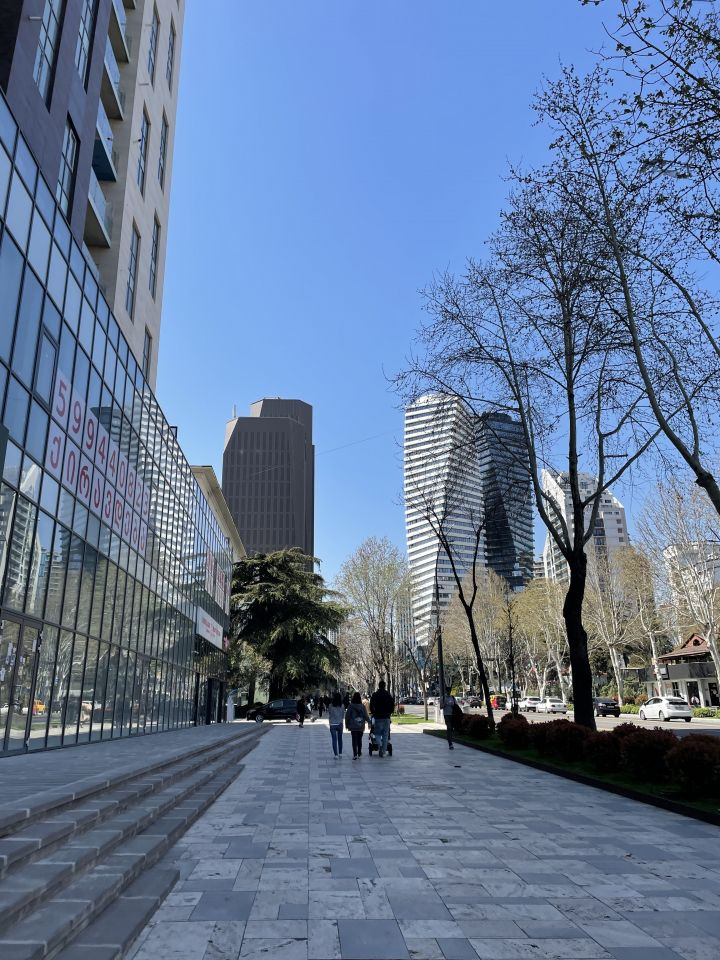Migration from Mountains in Switzerland and Georgia
Written by Timon Dufner, Khatia Gorgisheli & Annika Spaar, a collaboration between students of the Tbilisi State University and the University of Zurich
Introduction
Migration from mountainous areas is a common phenomenon that occurs in different parts of the world. As mountain areas around the world differ in political and cultural structure some reasons for migration may occur in different parts of the world, while some of them may be occurring only in specific areas. To contemplate this phenomenon, we ask ourselves: What are the common and respectively the exceptional reasons for migration from mountainous areas of Switzerland and Georgia?
Migration from mountains in Switzerland
Due to the early clock making and the textile industries, many people immigrated to alpine and pre-alpine areas since the end of the 17th century. The collapse of the proto-industrial activities led to a decrease of people in these areas (Head-König 2011). Until today, many people are leaving the mountain areas and are moving to the flatlands to settle there in the agglomeration (Camenisch & Debarbieux 2011). Huge migration from economical weak and peripheric areas in Switzerland, especially mountain areas are still reality although there are regional policies and many transfers from economic strong regions. Especially remote, sparsely populated regions with no great tourism potential are affected by migration from mountains (Wahl 2006). One of the main reasons for the migration from mountains to urban centers is the lack of working perspectives outside the fields of farming or tourism in the mountains. Many jobs are just not available in the mountains so young people leave for bigger cities where they have more opportunities (Blick 2021).
Migration from mountains in Georgia
Georgia is a country in which more than 65% of the territory is occupied by mountainous areas; this determines the importance of mountainous regions of the country in terms of sustainable development. (Elizbarashvili 2016)
In Georgia like Switzerland, over the years, thousands of people have emptied the highland villages. They left their permanent residence and moved in other cities, because of better conditions, livelihoods, and privileges. In Georgia, reasons for mountain migration are for example: labor and low income, unemployment, lack of service area, lack of access to education, environmental degradation and damaged roads that often make it hard to reach the destination, especially during winter. (Kollmair & Banerjee 2011)
Conclusion
Finally, we have seen that migration from mountain regions is a common phenomenon in Switzerland and Georgia. Although the historical background and the political structures differ, we can see many common reasons for migration. We see that the main reasons for migration seem to be the better opportunities for jobs or education in cities or agglomerations. Although tourism offers great possibilities for mountainous regions, there seem to be economic benefits by leaving mountain regions. Still, there are reasons that only occur in one of the countries specifically. For example, infrastructure and environmental degradation seem to play a more important role in Georgia than in Switzerland.
Sources
Blick (2021): Berggemeinden verlieren junge Einwohner an die Städte,
URL: <https://www.blick.ch/wirtschaft/luzi-schutz-kam-zurueck-als-gemeindepraesident-berggemeinden-verlieren-junge-einwohner-an-die-staedte-id16724655.html>, (state: 04.08.2021 , access: 10.11.2022).
Camenisch, M. & Debarbieux, B. (2011): Inter-communal migrations in Switzerland: a "mountain factor"? Revue de Géographie Alpine, Journal of Alpine Research, 99-1.
Elizbarashvili, N.; Meladze G. & Elizbarashvili, R. (2016): ECOLOGICAL AND LANDSCAPE INDICATORS OF SUSTAINABLE DEVELOPMENT.
Head-König, A. (2011): Migration in the Swiss Alps and Swiss Jura from the Middle Ages to the mid-20th century: a brief review. Revue de Géographie Alpine, Journal of Alpine Research, 99-1.
Kollmair, M. & Banerjee, S. (2011). Drivers of Migration in Mountanious Regions of the Developing World: A review.
Wahl, H. (2006): Die Zukunft peripherer alpiner Regionen – Dekultivierung als Chance? Exposé, Eidgenössische Technische Hochschule Zürich (ETH).
Related Posts
Comments
By accepting you will be accessing a service provided by a third-party external to https://www.mountainapp.net/
This website uses no external trackers, no analytics, just session cookies and values your online privacy.



